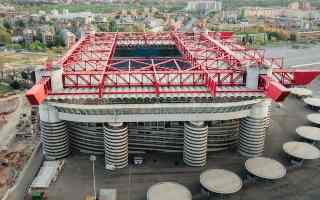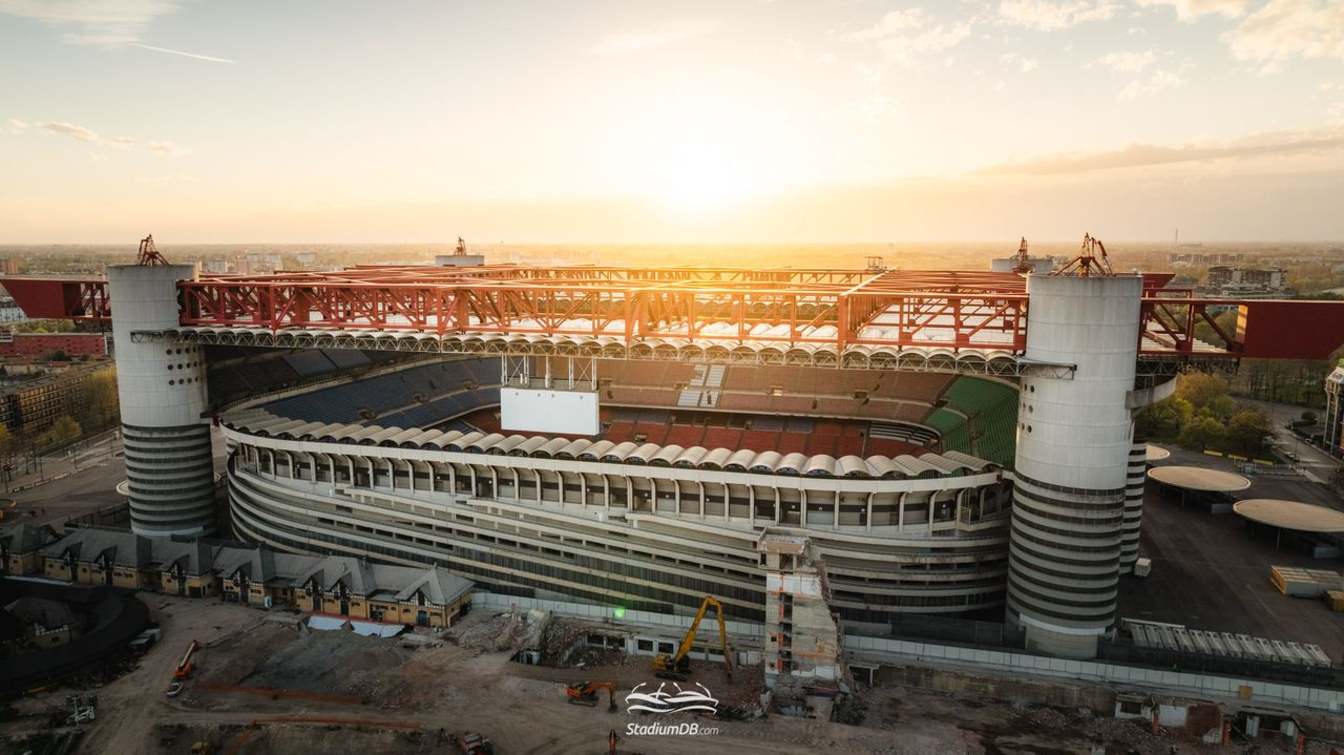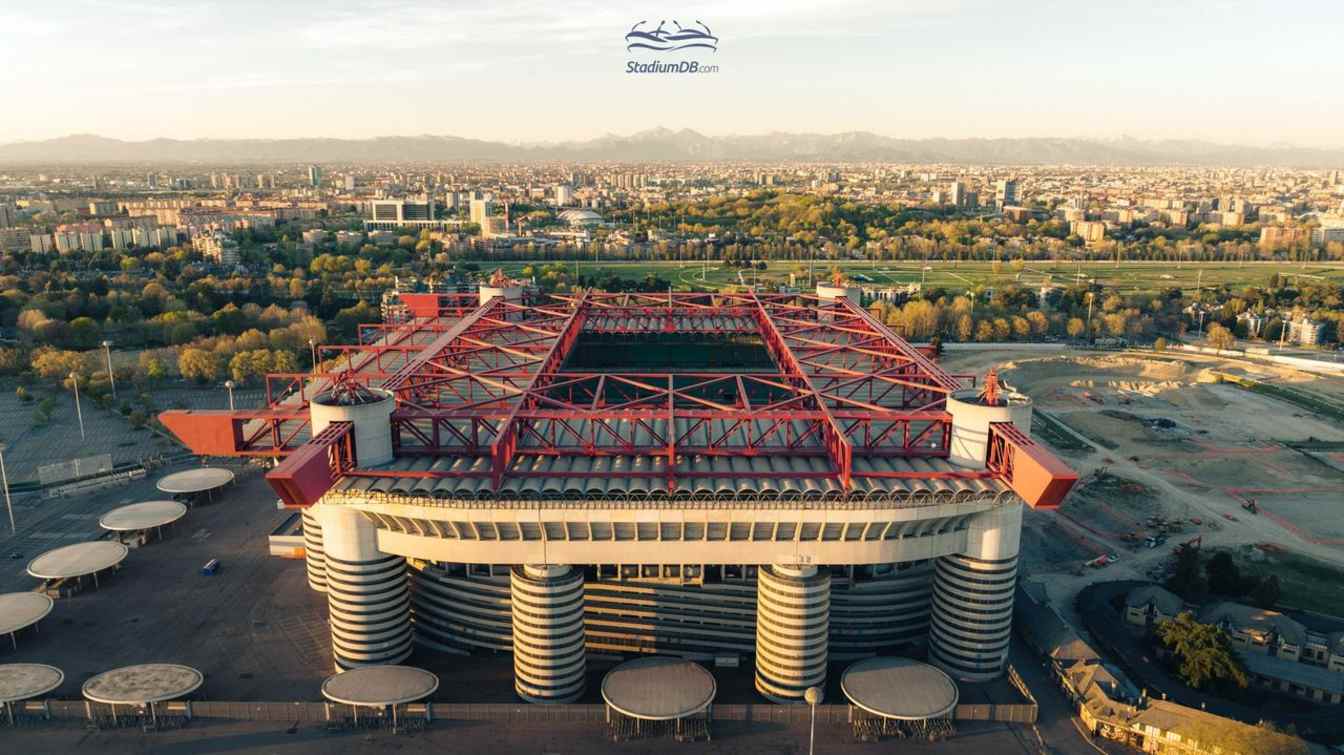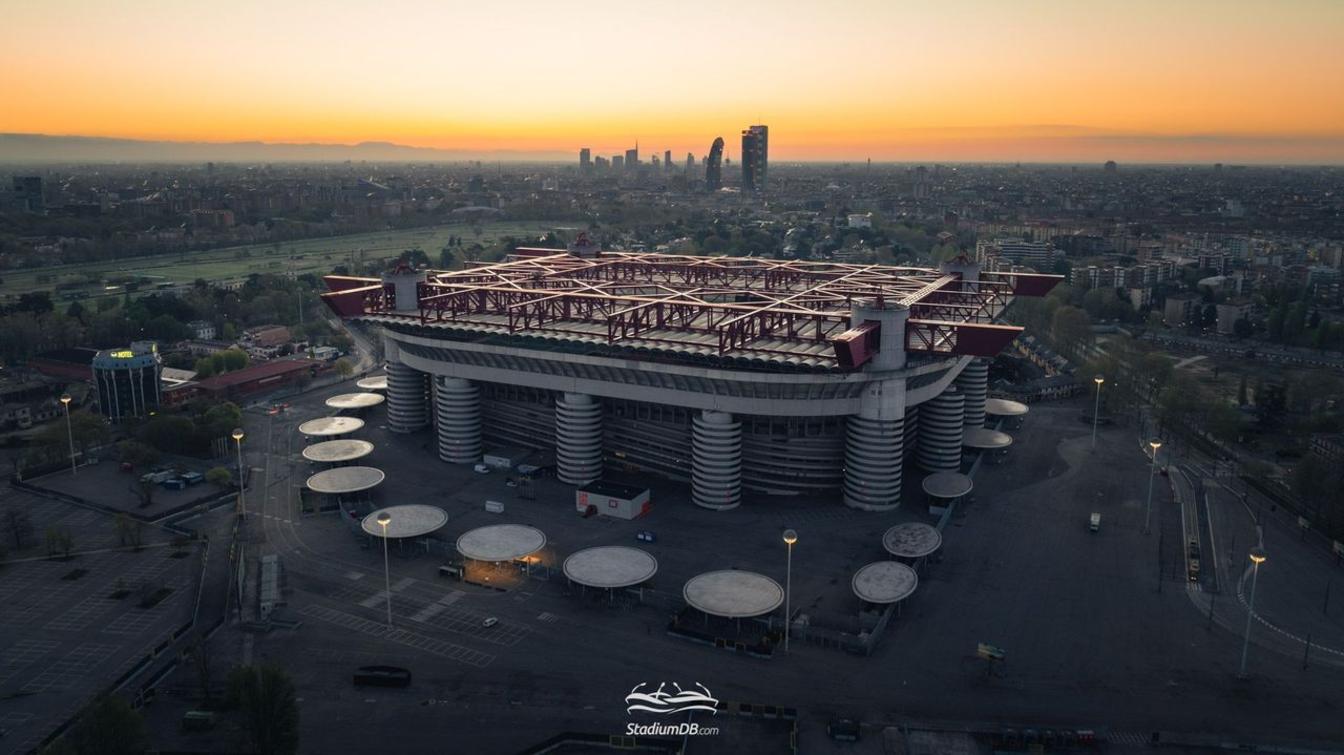Italy: San Siro sold to Inter and Milan!
source: StadiumDB.com; author: Jakub Ducki
 During the night of September 29–30, the Milan City Council made a historic decision. After hours of heated debate, it approved the sale of the San Siro stadium and the surrounding land to Inter and AC Milan.
During the night of September 29–30, the Milan City Council made a historic decision. After hours of heated debate, it approved the sale of the San Siro stadium and the surrounding land to Inter and AC Milan.
Advertisement
Voting until morning
The council meeting lasted from 4:30 p.m. until nearly 4 a.m. The decision came after 239 amendments, only part of which were discussed before Democratic Party councillor Natascia Tosoni tabled a motion to close further debate. The final vote was close: 24 councillors voted in favor of the sale, 20 opposed it, and two abstained.
The sale of San Siro and the surrounding land was set at €197 million, with a €22 million discount provided by the municipality. The resolution was supported by the center-left majority of Mayor Giuseppe Sala, but not without losses – some councillors from his own bloc opposed the decision.
Role of Forza Italia
Forza Italia had a decisive influence on the outcome. Just days earlier, its representatives had promised to vote against. In the end, however, most of the party’s councillors left the chamber, abstaining from the vote. The resolution has many critical points and many gaps, but we are talking here about redeveloping an important area of the city and enabling Milan and Inter to own their own stadium. We will not vote in favor, but we will also not vote against, because that would mean condemning Milan and its citizens,
explained Alessandro Sorte, Forza Italia’s coordinator in Lombardy.
The exception was Alessandro De Chirico, who declared himself convincingly negative.
Nevertheless, the absence of the remaining FI councillors lowered the threshold needed to pass the resolution and sealed the outcome.
Divided majority and political tensions
The center-left also revealed its own divisions. Seven councillors of the ruling coalition, including Carlo Monguzzi and Enrico Fedrighini, voted against. Marco Fumagalli from the Sala List did not take part in the vote, despite having previously expressed doubts about the resolution.
Deputy Mayor Anna Scavuzzo, responsible for bringing the resolution to a vote, later stressed: There is satisfaction from the perspective of being able to transform the San Siro area, which had raised concerns about an uncertain future. We have laid the foundations. Now begins a non-trivial administrative process, and it will be up to the clubs to play the role they have so far done too little.
Clubs’ plans and vision for new stadium
According to the adopted resolution, Inter and Milan will establish a special-purpose company, which by November 10 will sign the deed of ownership transfer. Before that, the clubs will have to settle their debt to the municipality, amounting to about €20 million.
The new stadium, designed by Foster + Partners and Manica, will hold 71,500 spectators. The venue will rise on the site of the current San Siro parking lots. Architectural projects will be presented to the city in 2026, and construction is scheduled to start in 2027. The plan foresees completion by 2031, in time for the 2032 European Championship, of which Italy will be one of the hosts.
In the meantime, the legendary Giuseppe Meazza will continue to serve as a venue for concerts and cultural events. Demolition will begin after the opening of the new stadium, i.e. in 2031–2032. Only the south-east corner of the complex will remain, with the tower, part of the orange stand, and the Curva Sud.
New development and environmental controversies
San Siro site will host not only a modern stadium. Plans include a shopping center, restaurants, hotels, and new green spaces. The clubs have committed to maintaining 50,000 m² of green areas for 30 years.
The investment is expected to cost around €1.2 billion, of which €700 million will go to the stadium alone. According to forecasts, the clubs expect the new complex to attract over 11 million people annually, generating an overall economic impact of €3 billion and around 16,000 jobs.
Critics are not lacking, however. Estimates suggest the project will generate about 400,000 tons of CO₂, which some experts say would set the city back to its 2010 emission levels. The emission reduction targets set by Milan in its climate plan – 45% less CO₂ by 2030 – may become unattainable.
Clubs’ reaction
AC Milan and Inter released a joint statement: AC Milan and FC Internazionale Milano express their satisfaction with the approval by the City Council of the sale of San Siro and the surrounding land: a historic and decisive step for the future of the clubs and the city. Awaiting the official statement on the outcome of the City Council’s debate, the clubs look with confidence and responsibility to the next steps in the process that will lead them to build a new stadium that meets the highest international standards: a world-class facility that is set to become a new architectural icon of Milan and a symbol of football passion around the world.
Advertisement

 StadiumDB
StadiumDB

